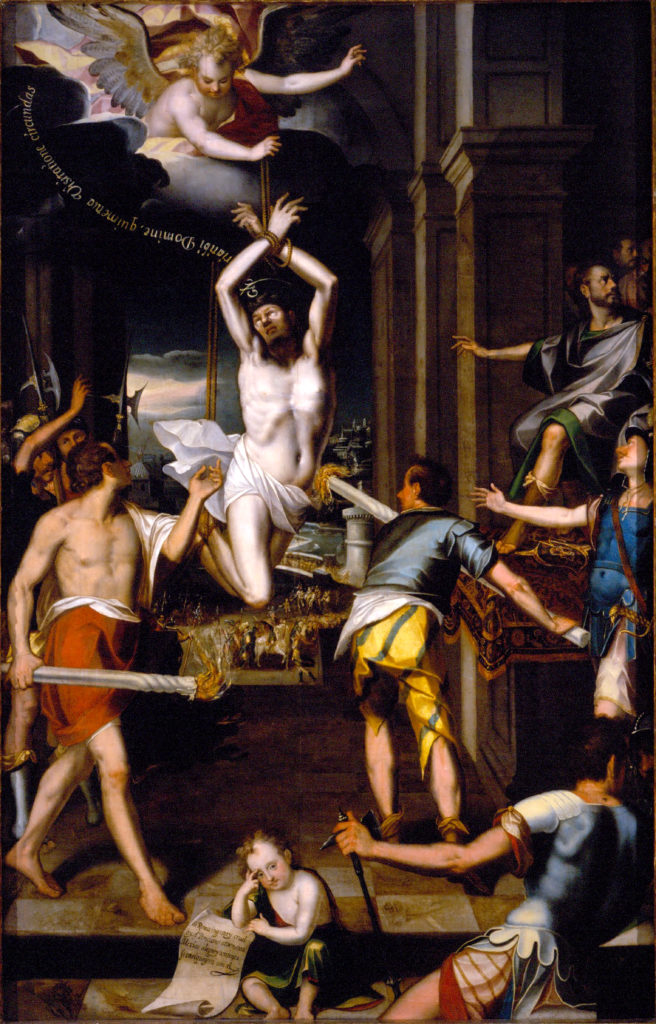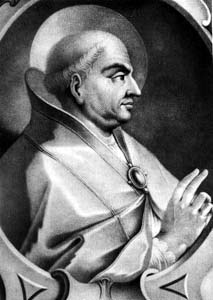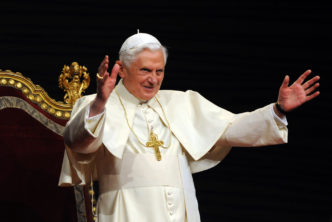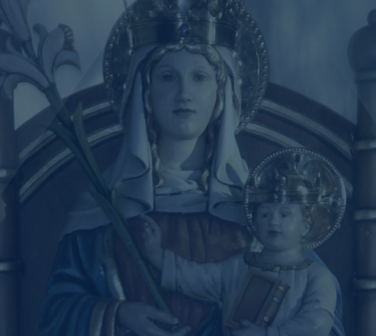Pope Benedict XVI’s announcement that he intends to resign from the Chair of Saint Peter has rightfully sent shock waves through the Church. It is an epochal development. This is so not just because papal resignations are rare, but because this time things are different. We are potentially witnessing a development as significant as the medieval emergence of the cardinals as the sole papal electors. The way pontificates end has never been problematic for the Catholic Church—they have ended with the natural death of the pope. Rather, it has been the election of popes that has been the focus of institutional development. With Benedict’s announcement, however, he seems to be acknowledging that it is necessary for the Church to develop a new “normal” way in which a pontificate might come to an end.
This is a very big deal. It’s not that there haven’t been papal resignations before. In fact, it has happened somewhere between five and nine times in Church history. In each case, however, the resignations have occurred within the context of a greater crisis in the Church, and have involved issues surrounding papal legitimacy and papal succession. Also, in each case, the pope was under great pressure to resign. Things are different with Benedict.
The best way to see these differences is by a detailed look at past resignations. These can easily be fit into three distinct periods in Church history: the Early Church, the eleventh century, and the late Middle Ages. In each period, the resignations occurred in the context of very different crises, but there are certain threads that tie all of them together. This is the first in a series of posts that will go through these three periods, exploring what was happening in the Church that led to the exceedingly rare papal resignations. By the end, we will hopefully be able to place Benedict XVI’s resignation in enough historical context to begin to understand its significance.
I. The Crisis of the Early Church—the Possible Resignation of Martin I

In the first period of resignations, the Church faced the crisis of persecution at the hands of the Roman emperors. We have three popes that are sometimes said to have abdicated between 235 and 366. St. Pontian (230–235) and Liberius (352–366) were both sent into exile by the emperor and may have abdicated the papal throne in order to allow for a new papal election. The evidence that these events happened, however, is extremely weak, and as good a case can be made that the resignations never happened.
It is sometimes asserted, based on thin evidence, that under torture St. Marcellinus (296–304) offered sacrifice to the Roman idols and resigned from his office before he repented and was martyred. While St. Augustine argued that this was not true of Marcellinus, the truth is that the extant evidence is inadequate to piece together the events.
The one clear but odd case is that of St. Martin I (649–655), the last of the martyr popes. St. Martin refused to accept the Byzantine emperor’s Monothelite heresy, and so was sent into exile as a slave laborer. After several years, the Romans elected Eugenius I pope. Sometime later Martin wrote a letter in which he makes reference to Eugenius approvingly. The details are unclear, but it does not seem to be the case that Martin resigned in any sort of formal manner. Rather, he seems to have retroactively acknowledged Eugenius. There is not enough clear evidence to make strong conclusions about this period. Nevertheless, the central problem in play is popes who were incapable of performing their office because of persecution—a problem that would not be ultimately solved until the papacy was no longer subject to the secular power of the emperors.






Excelente información para aprender y documentarnme